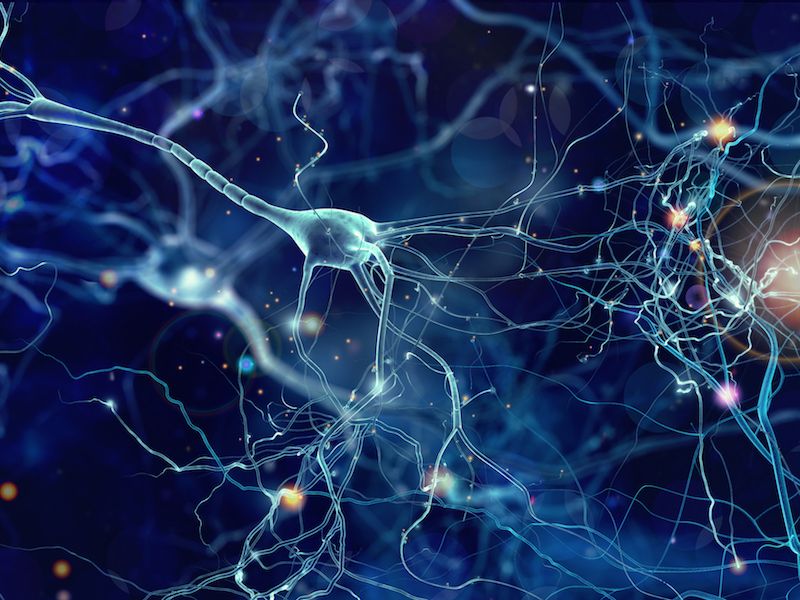
Do you spend much time thinking about your nervous system? For the majority of individuals, the answer would probably be not very often. Ordinarily, you wouldn’t have to be concerned about how your neurons are communicating messages to the nerves of your body. But you tend to take a closer look when something isn’t working right and the nerves start to misfire.
One specific disease known as Charot-Marie-Tooth Disease which generally affects the extremities can also have a fairly wide-scale affect on the overall nervous system. high-frequency hearing loss can also be the result of CMT according to some evidence.
What Is Charcot-Marie-Tooth Disease?
Charcot-Marie-Tooth disease is a set of inherited disorders. The protective sheathing surrounding the nerves malfunction due to a genetic condition.
This means that the signals sent from your brain to those nerves (and from those nerves back to your brain) don’t work all that well. Functionally, this can result in both a loss in motor function and a loss of feeling.
CMT can be present in numerous varieties and a combination of genetic factors normally lead to its expressions. Symptoms of CMT usually start in the feet and go up to the arms. And, curiously, among those who have CMT, there is a higher rate of occurrence of high-frequency hearing loss.
A Link Between Hearing Loss And CMT: The Cochlear Nerve
The connection between CMT and loss of hearing has always been colloquially recognized (that is, everyone knows someone who has a tells about it – at least within the CMT culture). And it was difficult to understand the connection between loss of sensation in the legs and issues with the ears.
A scientific study firmly established the connection just recently when a group of scientists evaluated 79 people with CMT at the University of Iowa Hospitals and Clinics.
The results were quite conclusive. Nearly everyone who has CMT passed their low and moderate frequency hearing exams with flying colors. But all of the participants showed hearing loss when it came to the high-frequency sounds (usually around the moderate levels). high-frequency hearing loss, according to this study, is likely to be associated with CMT.
The Cause of Hearing Loss and How to Deal With It
The connection between high-frequency loss of hearing and CMT may, at first, seem puzzling. But everything in your body, from your toes to your eyebrows, relies on the correct functioning of nerves. That’s also the same for your ears.
The theory is, CMT impacts the cochlear nerve so sounds in the high-frequency range aren’t able to be translated. Some sounds, including some voices, will be difficult to hear. Trying to understand voices in a crowded noisy room is especially difficult.
Hearing aids are commonly used to deal with this type of hearing loss. There’s no recognized cure for CMT. Modern hearing aids can isolate the exact frequencies to boost which can give appreciable help in battling high-frequency hearing loss. Most modern hearing aids can also perform well in loud environments.
There Can be Various Causes For Hearing Loss
Researchers still aren’t entirely sure why CMT and loss of hearing seem to co-exist quite so often (above and beyond their untested hypothesis). But this kind of hearing loss can be successfully managed using hearing aids. So scheduling an appointment to get a fitting for hearing aids will be a good decision for individuals who suffer from CMT.
Hearing loss symptoms can occur for many reasons. In some instances, hearing loss is triggered by undesirable exposure to damaging noises. In other situations, loss of hearing may be the consequence of a blockage. It appears that CMT can be still another cause of hearing loss.
